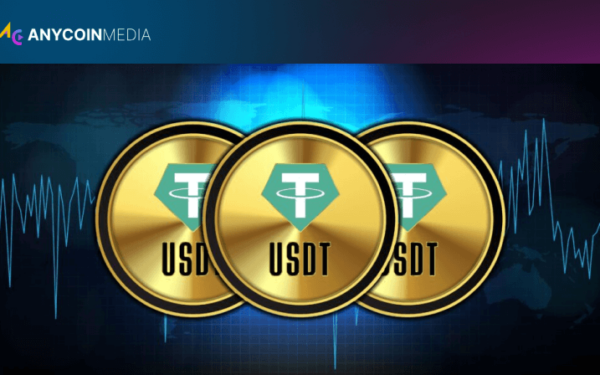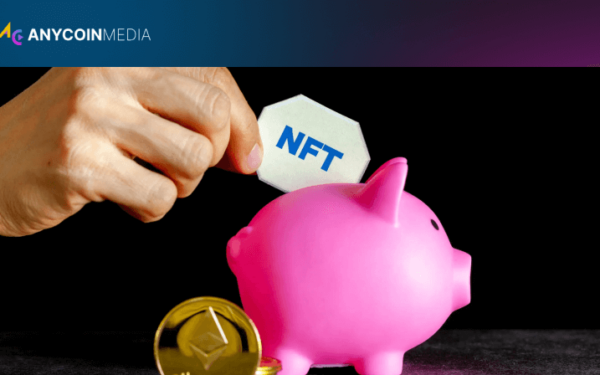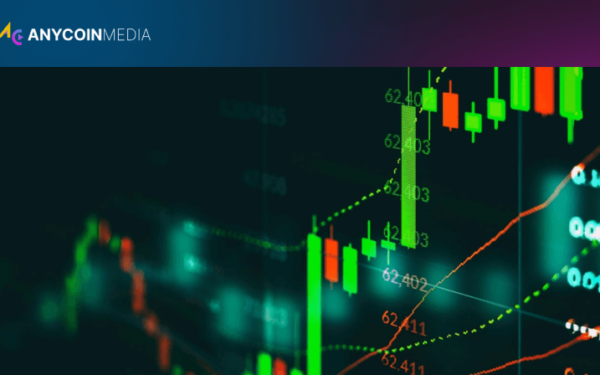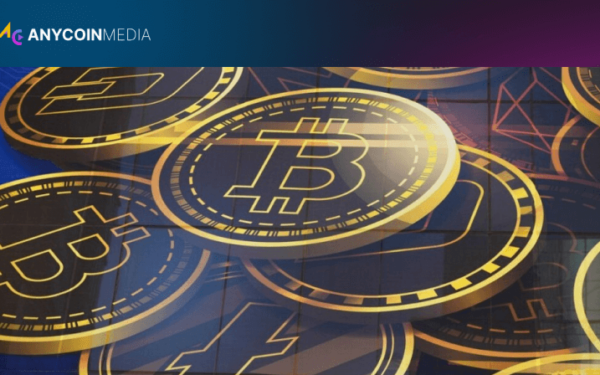Cryptocurrency trading has revolutionized the financial landscape, offering unprecedented opportunities for investors and enthusiasts alike. However, as with any complex system, there are nuances and potential pitfalls that traders must navigate. One such challenge is slippage — a phenomenon that can significantly impact the profitability and efficiency of crypto transactions.
Crypto slippage occurs when the price at which a trade is executed differs from the expected price at the time the order was placed. This discrepancy can result in either paying more or receiving less than anticipated, depending on market conditions and order types.
To understand crypto slippage, one must first grasp the concept of order books and market depth. Cryptocurrency exchanges maintain order books — lists of buy and sell orders at various price levels. Market depth refers to the ability of a market to absorb large orders without causing significant price movements.
When a large order is placed, it may exhaust the available liquidity at the desired price level. Consequently, the remaining portion of the order gets filled at the next available price, which could be less favorable. This process continues until the entire order is executed, potentially resulting in a substantial deviation from the expected price.
Crypto slippage can be categorized into two types:
While positive slippage can be beneficial, negative slippage is more common and can erode profits or exacerbate losses.
Slippage in crypto refers to the difference between the expected price of a cryptocurrency trade and the actual executed price. This discrepancy occurs when an order is filled at a different price than initially anticipated, often due to rapid market movements or insufficient liquidity. In the dynamic crypto market, prices can change in the blink of an eye, leading to slippage that can either erode potential profits or increase unexpected costs. Understanding slippage is crucial for traders, as it highlights the challenges posed by market volatility and low liquidity, two prevalent factors in the crypto trading landscape.
Slippage can be broadly categorized into two types: price slippage and liquidity slippage. Price slippage happens when the executed trade price deviates from the expected price due to sudden market volatility. This type of slippage is common during periods of high market activity or significant news events that cause rapid price changes. On the other hand, liquidity slippage occurs when there aren’t enough buyers or sellers at the desired price level, forcing the trade to be executed at a less favorable price. Recognizing these types of slippage helps traders anticipate potential impacts on their trades and adjust their strategies accordingly.
Several factors influence the likelihood and magnitude of slippage in cryptocurrency purchases:
Cryptocurrencies are notorious for their price volatility. Slippage occurs when there is a discrepancy between the current market price and the price at which a trade is executed. Rapid price fluctuations can cause significant slippage, especially during periods of high market activity or major news events. The time between placing an order and its execution becomes crucial in volatile markets.
Low liquidity exacerbates slippage. Market orders, which are executed at the current market price, can lead to slippage when there is insufficient liquidity to fill the order at the expected price. In markets with limited depth, even moderate-sized orders can cause substantial price movements. Less popular trading pairs or emerging cryptocurrencies often suffer from liquidity issues, making them more susceptible to slippage.
Large orders are more prone to slippage. As an order consumes available liquidity at each price level, it pushes the price further from the initial quote. This effect is particularly pronounced in less liquid markets.
The efficiency of the trading platform and the speed at which it can execute orders play crucial roles in minimizing slippage. Slower systems may struggle to keep up with rapidly changing market conditions, leading to increased slippage.
Calculating slippage involves a straightforward formula: Slippage = ((Executed Price – Expected Price) / Expected Price) × 100. This formula measures the percentage difference between the expected price and the actual executed price. For instance, if you anticipated buying a cryptocurrency at $100 but the trade was executed at $105, the slippage would be 5%. This calculation can reveal whether the slippage is positive or negative, indicating if the actual price was better or worse than expected. By regularly calculating slippage, traders can better understand the actual cost of their trades and refine their strategies to minimize adverse effects.
Slippage can have significant consequences for cryptocurrency traders and investors:
Understanding these impacts is crucial for developing effective strategies to mitigate slippage and optimize trading outcomes.
While slippage cannot be entirely eliminated, several strategies can help reduce its occurrence and impact:
Limit orders allow traders to specify the maximum or minimum price at which they’re willing to buy or sell. By setting appropriate limits, traders can avoid unexpected price slippage. However, this approach may result in unfilled orders if the market moves unfavorably.
Trading popular cryptocurrency pairs with high liquidity reduces the likelihood of significant slippage. Major exchanges typically offer better liquidity for mainstream cryptocurrencies, making them more suitable for large transactions.
Breaking down substantial orders into smaller chunks can help minimize their market impact. This strategy, known as order splitting or iceberg orders, allows for more gradual execution and potentially reduces slippage.
Avoiding periods of high volatility or low liquidity can help mitigate slippage. Traders should be aware of market conditions, news events, and typical trading hours for their chosen cryptocurrencies.
Many trading platforms allow users to set a slippage tolerance — the maximum acceptable deviation from the quoted price. Setting this parameter judiciously can help balance between order execution and price protection.
Some exchanges offer advanced order types designed to minimize slippage:
Decentralized exchanges often employ automated market makers (AMMs) and liquidity pools, which can offer different slippage characteristics compared to traditional order book models. Some DEXs provide features specifically designed to mitigate slippage in crypto purchases.
Trading bots can be a valuable tool in reducing slippage by executing trades swiftly and efficiently. These automated systems continuously monitor market conditions and execute trades based on predefined parameters, helping to mitigate the impact of market fluctuations. However, it’s important to note that trading bots are not entirely immune to slippage. They can still encounter issues, especially in highly volatile or low liquidity markets. To maximize their effectiveness, traders should combine trading bots with other risk management strategies, such as using limit orders and setting appropriate slippage tolerance levels. This multi-faceted approach can help reduce slippage and enhance overall trading performance.
To better understand how slippage manifests across various trading environments, consider the following comparison:
| Exchange Type | Typical Slippage | Liquidity | Order Execution Speed | Slippage Mitigation Tools |
|---|---|---|---|---|
| Major Centralized Exchanges | Low to Medium | High | Fast | Advanced order types, high liquidity |
| Small Centralized Exchanges | Medium to High | Low to Medium | Medium | Limited options |
| Decentralized Exchanges (AMM) | Variable | Depends on liquidity pools | Fast | Slippage tolerance settings, liquidity pools |
| Decentralized Exchanges (Order Book) | Medium to High | Low to Medium | Medium | Limit orders, but limited liquidity |
| OTC Trading Desks | Low | High for large trades | Slow | Negotiated prices, large block trades |
This table illustrates how different trading venues can impact slippage. Traders should consider these factors when choosing where to execute their crypto purchases.
As the cryptocurrency ecosystem evolves, new technologies and methodologies are emerging to address the challenge of slippage:
Slippage remains an inherent aspect of cryptocurrency trading, reflecting the dynamic and sometimes unpredictable nature of digital asset markets. By understanding its causes and implementing effective mitigation strategies, traders can navigate this challenge more effectively.
As the crypto market landscape continues to mature, the tools and techniques for managing slippage will undoubtedly evolve. Staying informed about these developments and adapting trading strategies accordingly will be crucial for success in the ever-changing world of cryptocurrency investments.
Ultimately, minimizing slippage requires a combination of knowledge, strategy, and the right tools. By mastering these elements, crypto enthusiasts can optimize their trading experience and potentially improve their overall investment outcomes.
To avoid slippage when selling crypto, you can use limit orders to set a minimum price, ensuring your trade only executes at that price or better. Trading during low volatility periods and choosing high-liquidity markets also help minimize slippage. Additionally, setting a slippage tolerance on your trading platform can protect you from unexpected price changes during the transaction.
Max slippage in crypto refers to the highest percentage difference between the expected price of a trade and the actual execution price that a trader is willing to accept. Traders can set this tolerance level on most platforms, with typical ranges being from 0.5% to 5%. If the price deviates beyond this set limit, the trade will not proceed.
Slippage is not illegal; it is a normal aspect of trading in volatile markets like cryptocurrency. Slippage occurs due to rapid price changes or low liquidity between the time an order is placed and when it is executed. While slippage can sometimes be unfavorable, it is an accepted risk in trading and can be mitigated using tools like limit orders and slippage tolerance settings.
Yes, slippage can be positive. Positive slippage occurs when a trade executes at a better price than expected. For example, if you place an order to sell crypto at $100 but it executes at $102, you benefit from positive slippage, gaining more than anticipated.





